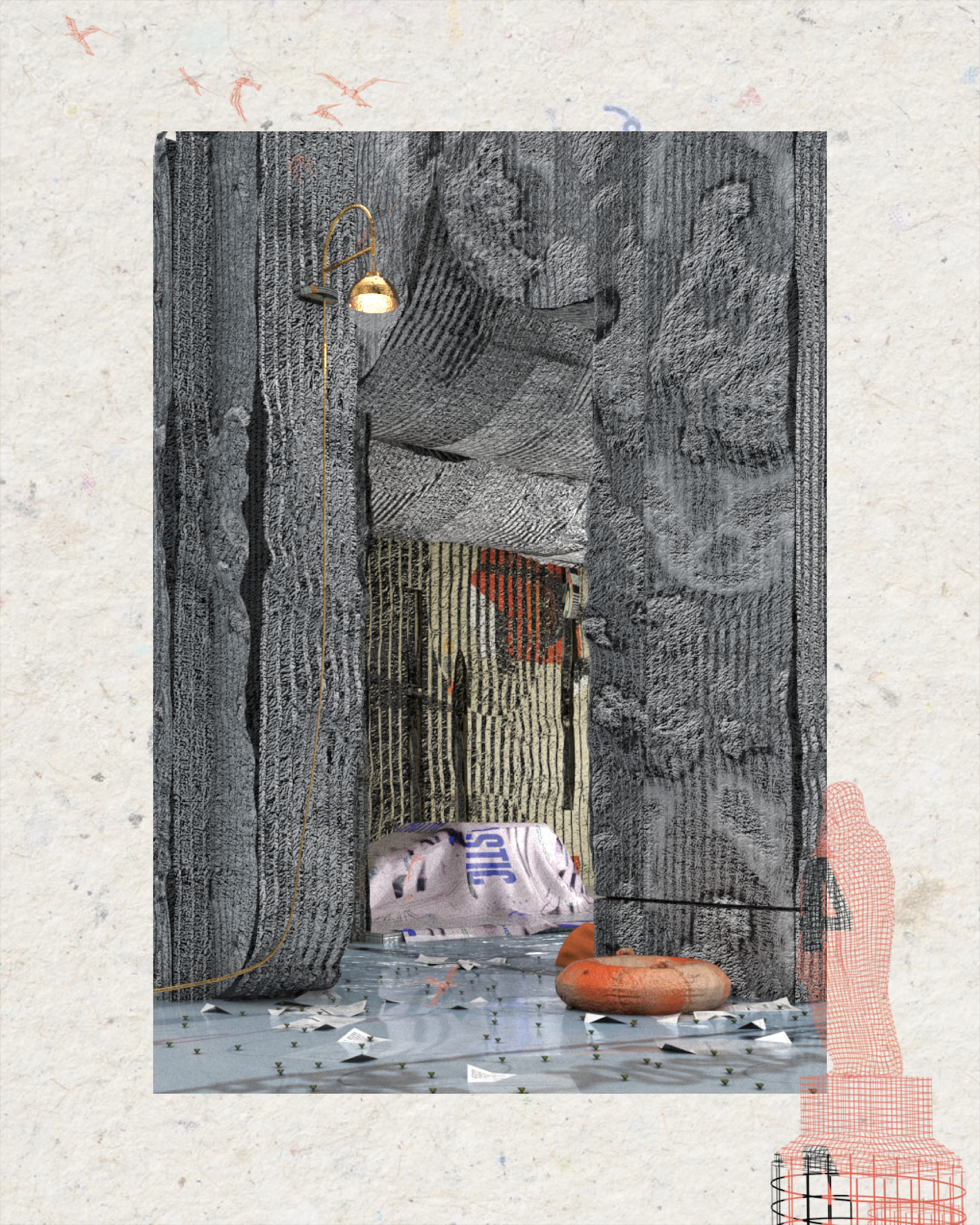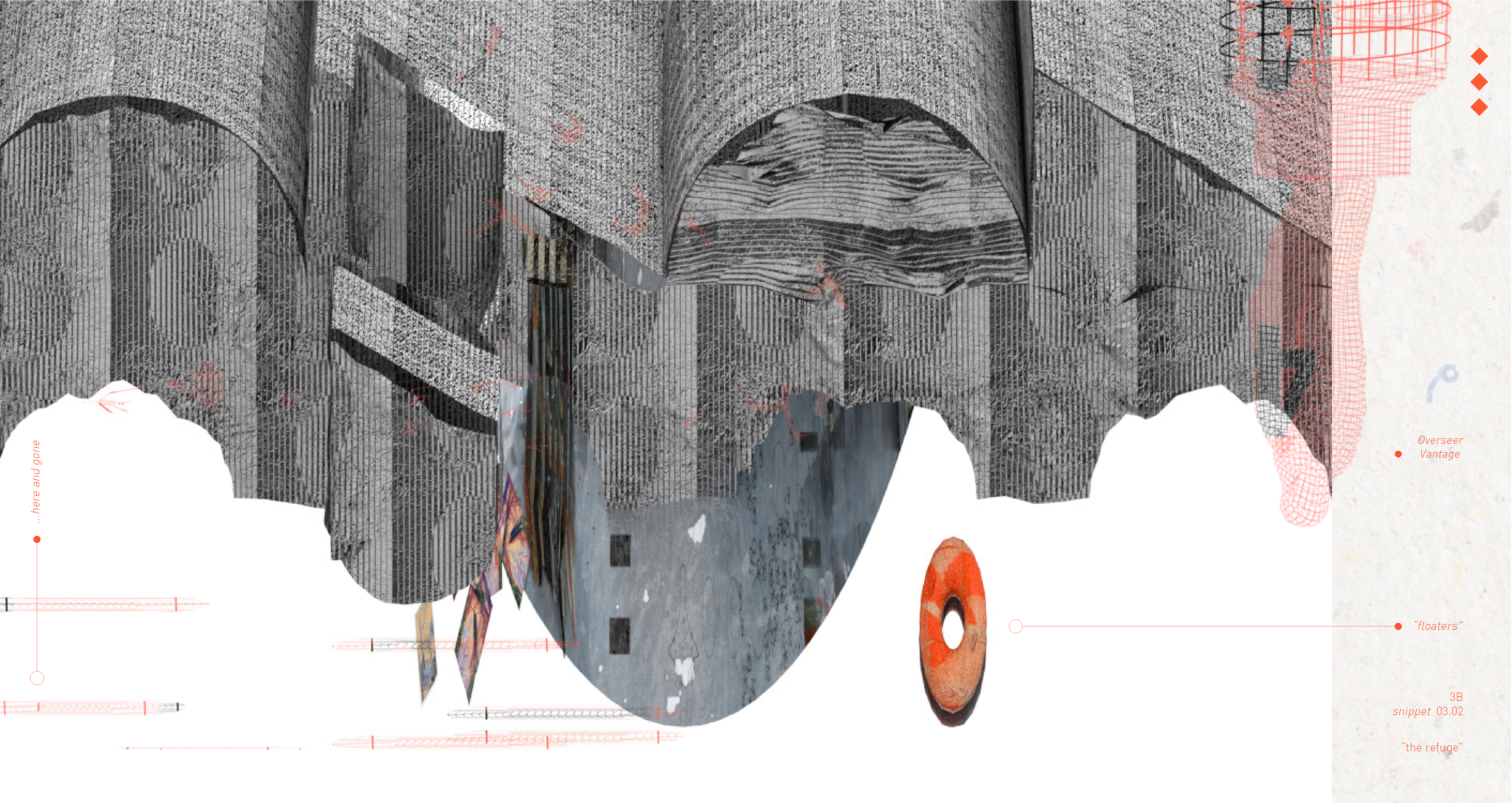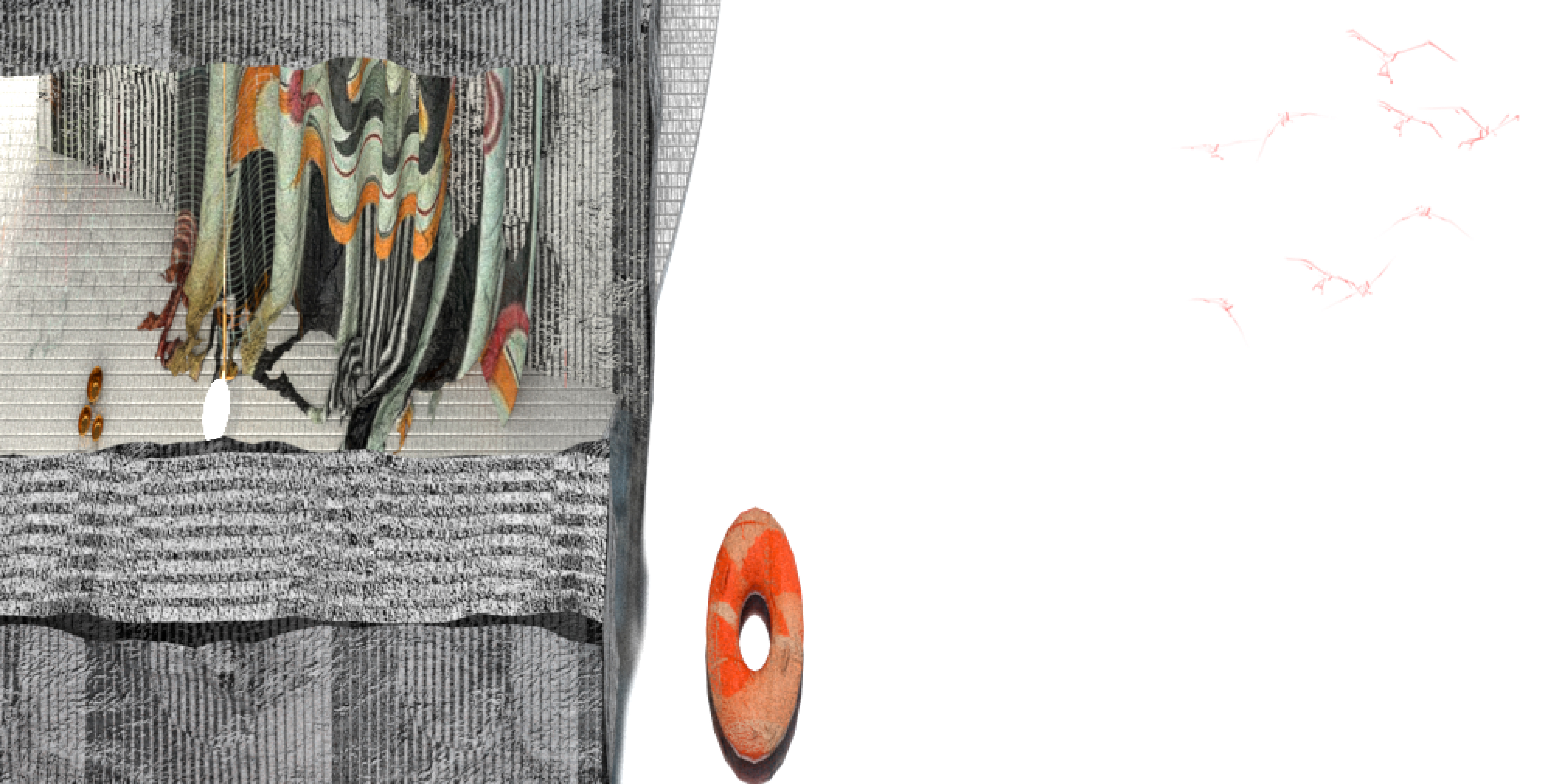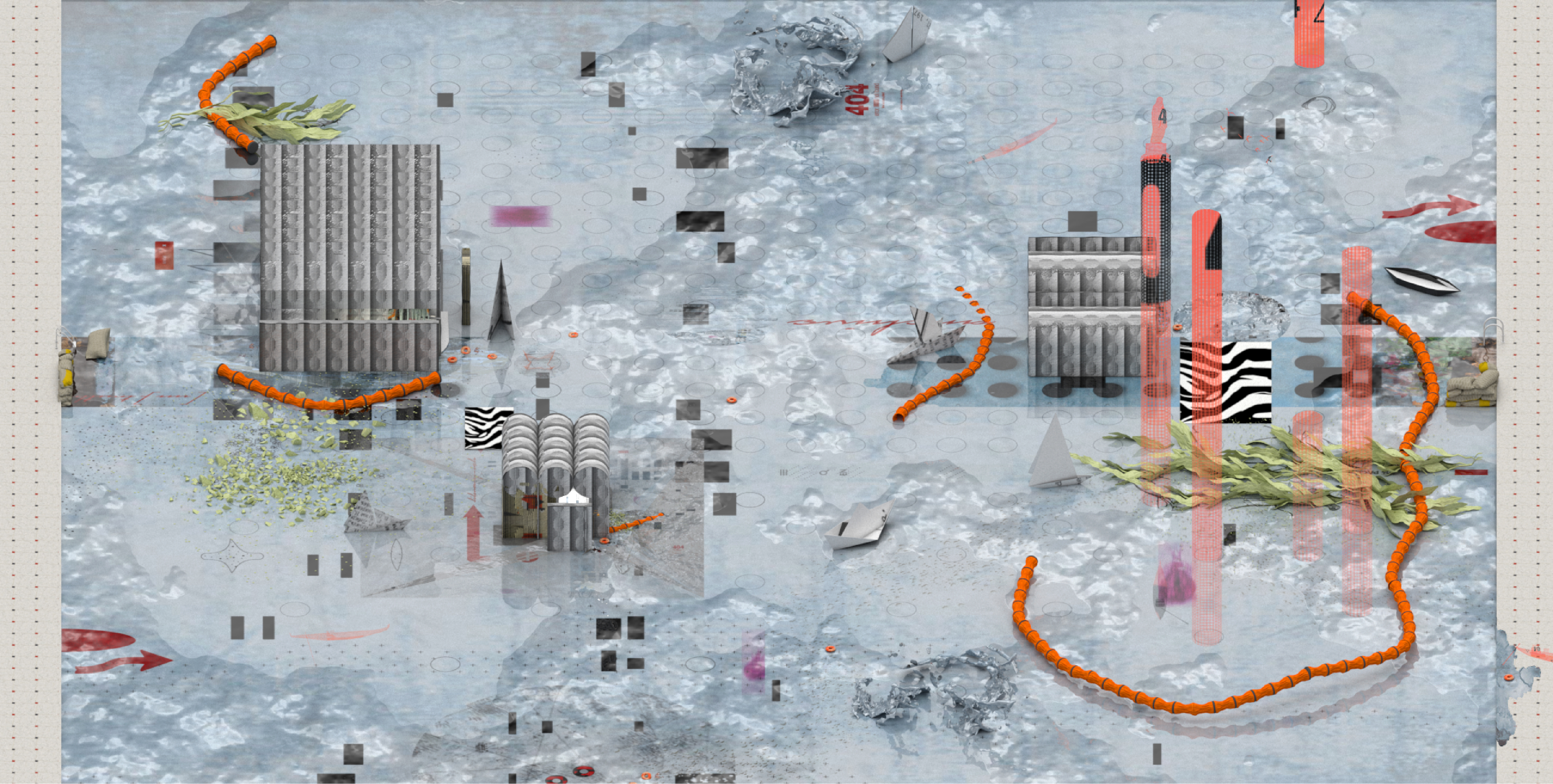PROFESSOR
PERRY KULPER
STUDIO
BENEVOLENT KNOWLEDGE
Architecture must be generous. Benevolent. Inclusive conversations are critical. Benevolent Knowledge was about: relational structuring; form specificity; and making extraordinary work. A local library was the vehicle to tickle those aspirations.
A library is not a thing. Typologically, yes, but relationally, no. In Benevolent Knowledge, the deeply committed students probed the typology, moving between structural and specific learning, looking to become more effective cultural agents, while contributing to the cultural imaginary.
The content was tailored per student, and the techniques and means of working were varied. 14 design methods were exposed, and some, worked with.
Three short projects initiated the term. ‘Rules, Delivered’ foregrounded working syntactically, enabling formal and material development, and was ‘sited’ in a painting image. ‘World Building’ used appropriation, kit bashing, to build worlds in worlds. In ‘Acupunctural Probes’ students intervened like acupuncturists, genetically splicing a library, into a charged site: Great Wall of China; Versailles; Tiananmen Square; Chernobyl; the Lighthouse at Alexandria, Pacific Trash Gyre, etc. The final work, Benevolent Knowledge, considered animal, plant and weather worlds; food; split sites and split temporalities; movements between static and changing, morphing spatial elements; and provocative means of working. Each student constructed their own work, a library’ish, with shared topics, conversations and deep curiosities coursed through the studio.
︎︎︎BACK ︎
JULIA MCMORROUGH
Elliot Smithberger
Ruiying Zhang
MATIAS DEL CAMPO
Dowdle, Ibrahim, Zhang Fahmy, Kamhawi, Pandey
IAN DONALDSON
Gort-Cabeza de Vaca
Anahita Mojahed
DAWN GILPIN
Sang Won Kang
Xin Li
PETER HALQUIST
Chung-Han (Joanne)
Chengdai Yang
PERRY KULPER
Ghassan Alserayhi
Eilís Finnegan
ANN LUI
Will Kirsch
Kendra Soler
STEVEN MANKOUCHE
Stephen Corcoran
Aric Reed
NEAL ROBINSON
Connor Tuthill
Eduardo Villamor
JON RULE
Richard Hua
Qianwei Zhang
CHRISTIAN UNVERZAGT
Siyuan (Elaine) Cheng
Vance Smith Jr
KATHY VELIKOV
Emma Powers
Brian Smith
STUDENT WORK
EILÍS FINNEGAN
“LIBRARY OF 1000[UN]TRUTHS”
Organized within the maze of wandering, the library is a siren call for those frustrated by the "intelligence market", the unlimited scroll, fake news, information bias, etc. Situated cross-dimensionally between Russian Paper Architect's Alexander Brodsky and Ilya Utkin's "Forum of a Thousand Truths" (1990) and the "Venice of Detroit", the Creekside neighborhood, the Library houses both ghosts and guardians. The Library contains documents, books, and media which maintain their own biases, blacklists, [un]truths. This fringe content is organized via a series of redactive methods: behind curtains, below tarps, blownout by light, and buried within floating tombs. Floaters ressurect the content, and smuggle it beyond the frame.








